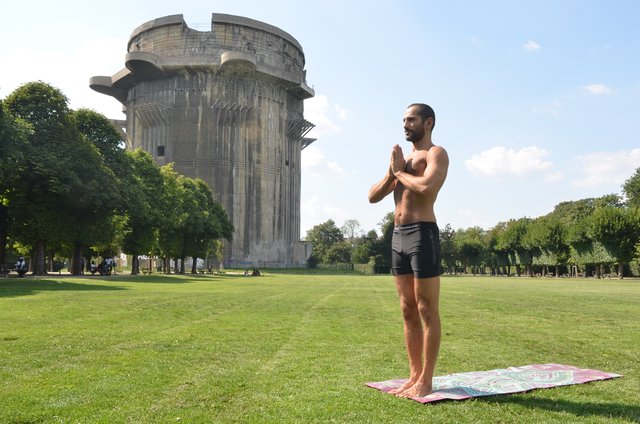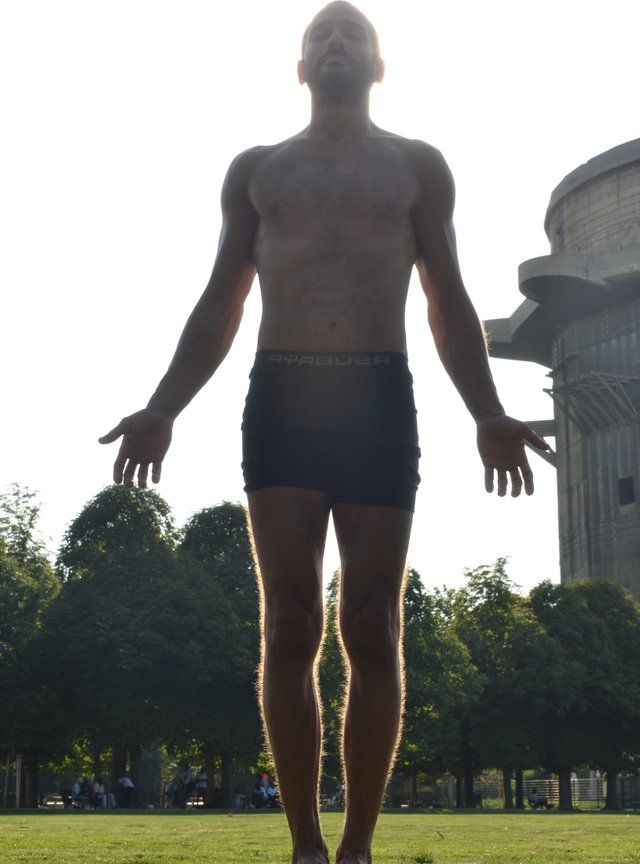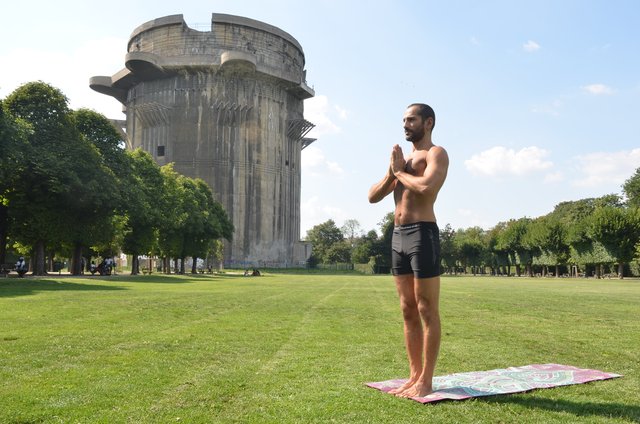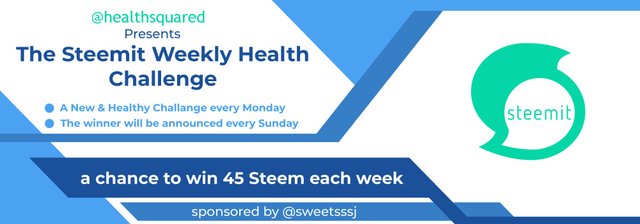Ashtanga Vinyasa Yoga Primary Series
This is my Ashtanga practice I do six times a week while resting on saturdays. Traditionaly you rest on so called moon days too, that is on full moon and on new moon.
So mostly one week you practice 5 times followed by a week of 6 times.
I split up the whole practice whenever a vinyasa is done. This is a flowing moving sequence which is either used as a warmup, to transition into a standing pose, a sitting pose or a laying down pose, or to keep warm between poses even when on the same plane. Whenever you move in this sequence you breathe in and in the next move you breathe out.
Poses where you don’t do a moving sequence in between and those followed by counterposes which you do together I kept as a whole.
So you can use every video as a practice on its own. As a minimum practice traditionaly you do the two kinds of sun salutations, followed by the fundamental poses. From here you add the poses of the primary series like pearls on a string one by one, progressing to the next when you mastered the previous. You conclude with the finishing sequence and resting.
If you want to do the practice as one continuous flow, you can use my Full Primary Series video I posted a while ago and which takes you about 90 minutes to complete.
In the videos I annotated the English names of the poses, for how many breaths I hold them and at which point I gaze.
The breath should be even in length while breathing in and breathing out, whith a slight constriction of the glottis made audible.
Focusing your eyes on one point is done to arrest them in place and thus preventing the subconscious mind from moving.
There are eight gazing points you focus on during the practice:
- Up to space
- Between eyebrows
- Tip of the nose
- Right or left side
- Navel
- Tip of the middle finger
- Tip of the thumb
- Tip of the big toe
If you lack flexibility to look at the tip of the big toe, you can look at the tip of the nose instead.
The posture together with the breath and the gaze is called tristhana and close attention should be payed to them.
Sometimes I show the practice from the other side of the mat for a better view, but you stay on the same.
Lets start with the practice now.
Incantation
First we take a moment to calm the mind to come to the present moment. Traditionaly a short mantra I chanted at the beginning.
You can also set an incentive, a motivational speech which animates you to a daily practice.

Sun Salutation A
Next we warm up with five rounds of sun salutation a‘s. Ideally the practice is done one and a half hours before sunrise but I‘m working on that :)
In these sequence we come also to our first pose which we hold for a longer time, the downward facing dog pose, which is also kind of a gateway pose when transitioning between standing, sitting and lying poses.
Sun Salutation B
Then I do three rounds of sun salutation b‘s. In colder climates you can add more rounds if needed. It has 17 movements compared to the 9 of the variant a, therefore it takes longer and is more strenuous.
Fundamental Poses
When finished, go right into the first pose of the fundamental poses in the next video by hopping your feet appart, exhale grab your toes, on an inhale stretch your back before going deeper into the pose again while exhaling. You will see this stretching of the back quite often in the videos before going deeper into a pose, just remember to take that extra breath. In the next pose you stay on your palms, then you either grab your toe or put your hands flat on the floor. In the last pose you fold your hands behind your back.
Primary Series
There are six series in the ashtanga vinyasa practice, and up to this point the practice stays the same. after years and years you add poses from the other series, till you practice a different series on each day of the week. For me the primary series is plenty enough to master though for years to come.
Westerners have tight hips from sitting in chairs, so this is a modified practice which omits half lotus and lotus poses as they need a quite good inner rotation of the femur in the hip joints to be done safely, so that the knee points backwards and not down, any the heel to the front and not up.
In this practice which can be done by everyone, cross legged variations are given which load the knee from the side, so it is very important to flex your foot in those poses to protect the knee.
The next two poses, fierce pose and warrior pose a, we know already from sun salutation b, but this time we hold them longer. We conclude with another warrior pose and a jump back from a short tucked handstand.
Finally after all those standing poses we continue with the sitting poses, a new movement is being introduced, the jump through, which you can adapt by jumping or walking into a cross legged seat and then stretching your feet out in front of you.
In the next pose we open up our front body and the shoulders get a good stretch.
In all the sitting poses you go through a vinyasa up to downward facing dog and jump through to repeat the pose on the other side or move to the next one. Back in the old days and still being thought you can also move until mountain pose which is shown in the next picture and then flow into the next pose. This is called a full vinyasa. Naturally the whole practice takes much longer, around two hours.

Flex your foot in the next pose. Repeat on the other side, while going through a half movement, that is from downward facing dog jump through again instead of jumping forward.
In the next movement you can also jump right into the pose while bending one leg mid air, or bending it with the help of your arm afterwards as shown. Repeat on the other side.
Put your sole of the foot against your thigh. Repeat the pose on the other side.
Sit on your heel while the foot is flexed. Repeat on the other side.
The next pose may look extreme when one has a good inner rotation of the leg, but because the foot is flexed, it is quite save for the knee. Inner rotate your leg and put the toes on the floor, the heel should point upwards as much as possible. Repeat on the other side.
Grab your wrist with the hand of the arm surrounding the bent leg. Repeat on the other side.
This pose is fully done in half lotus. Here we place the foot just in front.
If you can’t grab your wrist in the next pose, just clasp your hands. Look over your shoulder to the side right into the fools’ box. Repeat on the other side.
One of the hardest poses in the ashtanga primary series and considered as an gateway pose to proceed to the intermediate series is the next pose. Again we put the leg just in front. Repeat on the other side.
Now we proceed to an exercise which strengthens the core. In between the 5 sets of boat pose, lift yourself of the ground for one breath.
Shoulder pressure pose is in its final state done with the chin on the ground and the clasped legs fiddled through the arms. But to come out of that, extreme shoulder flexibility is needed so holding it like in the video in the beginning is just fine.
In the second part of the next exercise one puts his legs behind his head. For the rest of us an accessible variation is shown.
In the next pose we are just clasping our hands with the arms around the crossed legs. Afterwards we roll five times clockwise before we lift ourselves up for five breaths.
In the first bound angle pose we tilt the tailbone backward while extending the spine, while in variant B we tuck the tailbone and round the spine.
Try to extend as much as possible to the front in the seated angle pose.
Don’t collapse your chin into your chest in the reclined angle pose, that guarantees that your neck muscles are tense and protect your cervical spine. On the way forward flex your quads as much as possible so that your heels don’t crush into the floor.
You can bend your knees in the next two parted exercise with a clear conscience, never overstretch your hamstrings. This is also the first lying pose from which we come out with a back roll.
Try to keep contact with your back to the floor as long as possible for a smooth up roll with stretched legs in the next pose.
Instead of your big toes you hold your heels now. It is very hard to roll up from that position so it is totally fine to bend one’s legs on the way up.
Don’ bend your legs too much in the bridge pose in the beginning, or you won’t be able to stretch them out fully later.
Next four rounds of upward bow pose are done. The first two I do on my shoulders, before deepening into the full version. On the last one I try to walk my hands nearer towards my feet. To relax the spine, a forward fold is done immediately afterwards.
Closing Sequence
Inversions relax the body through a feedback loop resulting from pressure building up in the carotid arteries, therefore they are done at the end of the practice and before a seated meditation.
The next five poses are done on ones shoulders, followed by two counter poses to realign the spine again.
After the queen of yoga poses, how the shoulder stand and its variants are called, comes the king of all poses, the headstand. After the headstand you lift your head from the floor while pressing from the shoulders, before doing the half headstand. Although not that hard when done separately, in a sequence it is hard not to loose balance, so that is why it is not shown here.
With the rest and digest nervous system activated, some seated positions with breath extension are practiced before it is getting hot again with the scale pose.
Now is the time for a closing mantra, some appreciative words to oneself will also do.

After every practice one should rest for a good amount of time. The body processes and memorizes the information obtained throughout the practice the best in a relaxed state. This is also a good time to practice other techniques like yogic sleep.
I hope you enjoyed the excursus into my daily practice.
Until next time,
Miron
Gratitude towards @healthsquared and @sweetsssj for their health challenge.

Where are you? What is that building in the background?
I’m in Austria/Vienna, the building is an old flak tower.
Wow, you really put your whole heart into this post. You really deserve the contest 1st prize :)
Thank you, I always wanted to do a good introductory post about Ashtanga Vinyasa Yoga, the contest was a good ocasion.
DISCLAIMER: dropahead Curation Team does not necessarily share opinions expressed in this article, but find author's effort and/or contribution deserves better reward and visibility.
to maximize your curation rewards!
with SteemConnect
12.5SP, 25SP, 50SP, 100SP, 250SP, 500SP, 1000SP
Do the above and we'll have more STEEM POWER to give YOU bigger rewards next time!
News from dropahead: How to give back to the dropahead Project in 15 seconds or less
Quality review from the dropahead Curation Team
According to our quality standards(1), your publication has reached an score of 93%.
Congratulations for your excellent work! "The master's supreme art is to awaken the pleasure of creative expression and knowledge" - Albert Einstein
(1) dropahead Witness' quality standards:
-Quality, technique and aesthetics of photography (Good framing, good focus, sufficient brightness, adjusted to what the photograph intends to express.)
-Adaptation and relationship with the general theme raised (clearly reflects the proposed theme)
-Capacity of the composition (causes sensations, emotions)
Sieht nach ur viel Aufwand auf, war heute im Augarten, weil ne freundin von mir heut und gestern dort bei dem Wein und Co event ausgeschenkt hat...
Guter Spot für Yoga!
Wow, really nice yoga. 👍
great job. You put a lot into this resteemed.
@street.yoga Congratulations for your excellent way of taking care of your health, I love yoga is so relaxing, impregnating all the little ones in your post and the detailed explanation you give, impregnating article, keep on taking care of your body life so healthy, impregnating, congratulations.
Thank you, it is nice to share ones love with others.
@street.yoga Thanks to you, buddy, I'm gonna try to do all your stances, they're great.
This is some of the best content I've seen on Steemit in a long time. Congratulations on winning the weekly health challenge! Well deserved.
Thank you, I really appreciate your feedback!
Chic article. I learned a lot of interesting and cognitive. I'm screwed up with you, I'll be glad to reciprocal subscription))
Congratulations! This post has been upvoted from the communal account, @minnowsupport, by street.yoga from the Minnow Support Project. It's a witness project run by aggroed, ausbitbank, teamsteem, theprophet0, someguy123, neoxian, followbtcnews, and netuoso. The goal is to help Steemit grow by supporting Minnows. Please find us at the Peace, Abundance, and Liberty Network (PALnet) Discord Channel. It's a completely public and open space to all members of the Steemit community who voluntarily choose to be there.
If you would like to delegate to the Minnow Support Project you can do so by clicking on the following links: 50SP, 100SP, 250SP, 500SP, 1000SP, 5000SP.
Be sure to leave at least 50SP undelegated on your account.